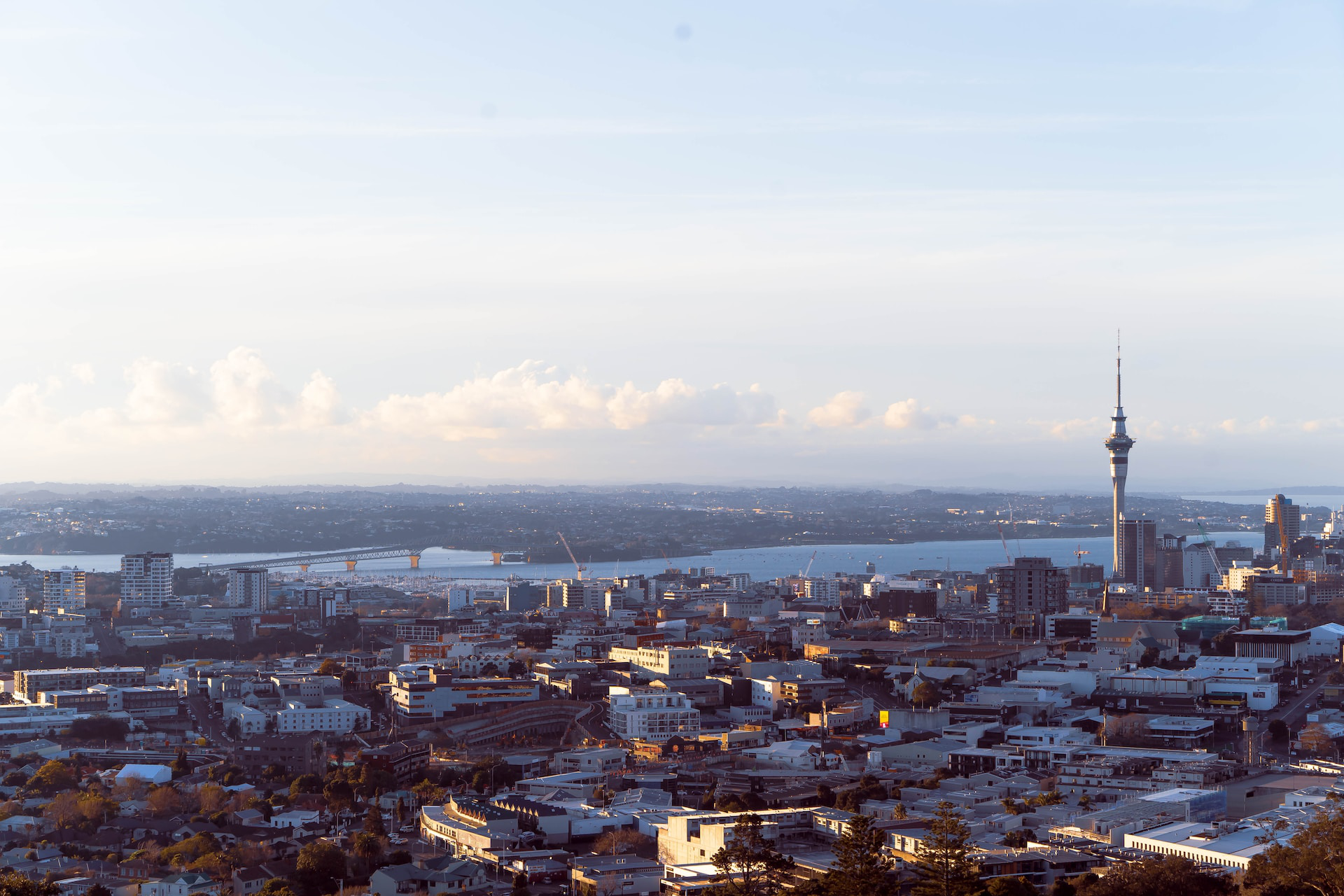On 27th September, the London Legacy Development Corporation (LLDC) launched a consultation to gather feedback from those who live in, work in, or visit the Mayoral Development Corporation (MDC) area on their perception and experience of personal safety when on and around Queen Elizabeth Olympic Park. This consultation provides a heatmap of the LLDC area and allows respondents to pinpoint any specific areas where they do or do not feel safe.
It forms part of a wider review of LLDC’s approach to the safety of women and girls on the Park following the murder of Sarah Everard. Another tragic murder recently – of teacher Sabina Nessa in south London – has again brought national attention to this critical issue.
In London, on average, 11 women and girls are raped or sexually assaulted in each of London’s 32 boroughs every week. The survey informing the Greater London Authority (GLA) Violence Against Women and Girls (VAWG) strategy showed that 74 per cent of female respondents were worried about their safety some or all of the time. Other surveys[1] have shown that many women do not feel safe when walking alone at night and adapt their behaviour and use of the city, steering clear of certain areas and avoiding being out after a certain time.
That cities’ design restricts the freedom of women to live their life is unacceptable, moreover, that it can create conditions leading to their assault and murder is unbearable.
Planners and developers have therefore a key responsibility in correcting this trend and make cities inclusive and safe places.
It has been well documented that, historically, cities have been designed and built by men and for men[2], with 90% of the highest-ranking jobs at leading architecture firms and urban planning offices being occupied by men[3]. In the UK only 29.6% of the architects are women, and this percentage reduces when looking at senior positions[4].
The influence of men on the city can be seen in the scale of staircases, the heights of door handles, and the lack of public toilets but also the distribution of uses across neighbourhoods and the design of public transport networks. Indeed, the historical trend of separating employment and business sectors from residential and school areas is based on traditional gender division of roles and makes sharing care-work more difficult[5]. Similarly, public transport planning was also developed to create routes for men to go to work and back home again whereas, in reality, routes through the city are more complex and involve multiple journeys with varied purposes such as taking children to school, visiting friends and family members, exercising or picking up groceries.
As a planning authority and a developer, LLDC has a transformative impact across the MDC area and therefore has a responsibility to ensure developments coming forward contribute to creating a safe and welcoming environment for all, and particularly women and girls.
LLDC, as a planning authority, has already established key safety and security principles developers and designers should follow in their proposals for new developments in and around Queen Elizabeth Olympic Park. The LLDC Park Design Guide (2018) embeds Secured by Design (SbD)[6] principles and, for instance, requires development to maximise opportunities for natural surveillance of open space with active frontages/kiosk or windows overlooking spaces. As a developer, LLDC also ensures its developments meet the required SbD accreditation. However, and as evidenced by the recent murders – and by the daily experience of women and girls, more needs to be done to explicitly address women and girls’ safety.
The consultation launched by LLDC is a first step towards targeting this specific issue. Gathering better data, from a wide and diverse range of people, is key to informing how local planning authorities and developers can create inclusive and safe neighbourhoods. Although public consultation is undertaken as part of the pre-application process in any new development, demographics data show that the majority of respondents and people engaging with the process are educated white men[7], which can lead to issues linked to safety, such as lighting, views in and out of public spaces and activity throughout the day being overlooked.
The consultation is the first step LLDC is taking in understanding perception and experience of safety around its area. A second stage of the consultation will focus on gathering feedback specifically on the design and use of the built environment. The data and feedback gathered in this consultation will be used to prioritise any reactive improvement that can be made to the current estate, but more importantly to inform future developments’ design.
Notwithstanding its importance, better and more inclusive urban planning and design alone is not an all-encompassing solution. Building and regenerating neighbourhoods takes time, and the majority of cities, including London, have a well-established built environment that is not easily transformed.
Therefore, it is also crucially important that men recognise the impact their presence and behaviour have on women’s perception and experience of safety in the city. A number of Local Authorities, including the London Borough of Tower Hamlets, as well as London’s regional governance body the Greater London Authority, have published strategies to tackle Violence Against Women and Girls, focussing on preventing VAWG through education and training, raising awareness and building up male allyship. Those strategies also set out the authorities’ approach to tackling perpetrators as well as protecting and supporting victims.
LLDC, as an MDC, has limited power and responsibilities and areas such as training, policing and providing support to victims are outside of its remits. Where feedback from the consultation highlights areas outside of our control LLDC will feed back any comments to the relevant authorities (e.g. the local boroughs, police and Canal and Rivers Trust) so that these can be considered by the appropriate parties.
Therefore, if you live, work or visit Queen Elizabeth Olympic Park, or the wider LLDC area, we would love to hear from you! The more women and girls respond to the consultation, the better we will understand how to make any necessary changes.
References
[1] ‘One in three women consciously take steps to avoid being sexually assaulted’, Yougov, 2019
[2] Why are our cities built for 6ft-tall men? The female architects who fought back, The Guardian, 19/05/2020
[3] Handbook for Gender-Inclusive Urban Planning and Design, World Bank, 2020.
[4] ARB Annual Report and Financial Statements, 2020.
[5] Feminist City: Claiming Space in and Man-made World, Leslie Kern, 2020.
[6] Secured by Design is an official police security initiative that works to improve the security of buildings and their immediate surroundings by incorporating policy crime prevention standard from developments’ initial concept and design through to construction and completion.
[7] ‘Barriers to community engagement in planning: a research study’, Yellow Book Ltd, 2017.



